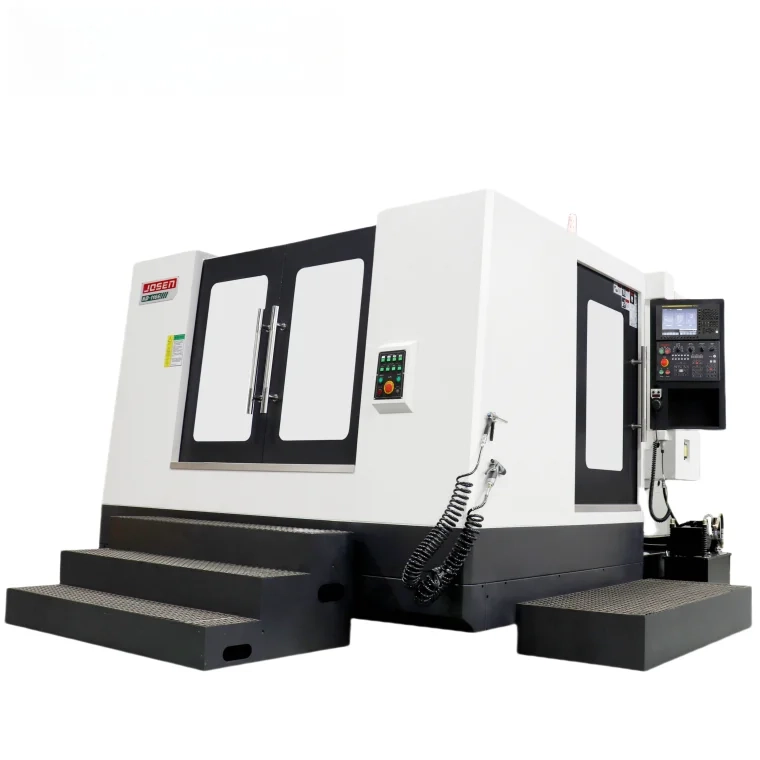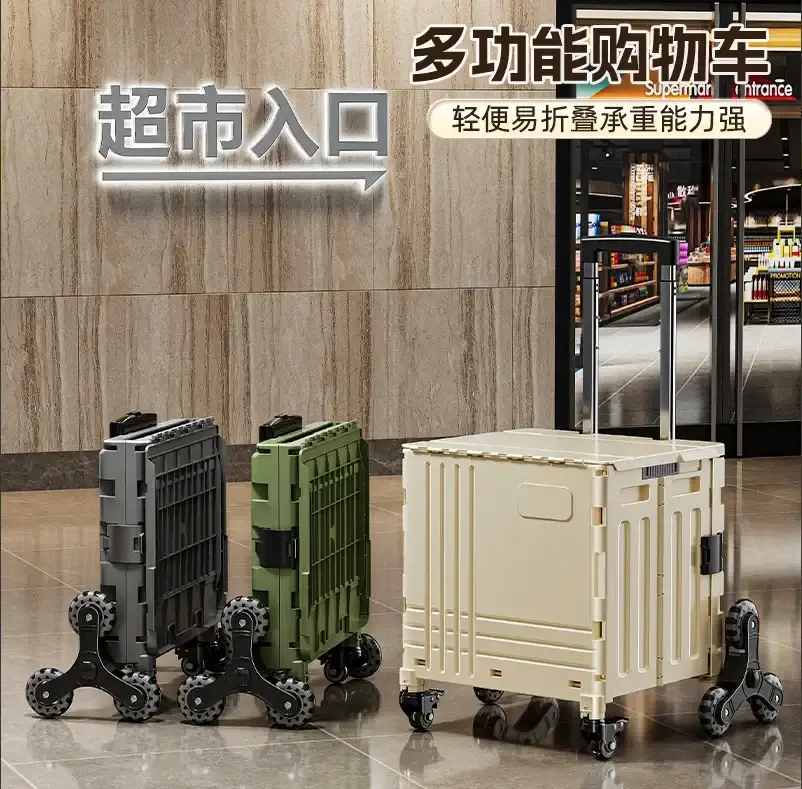In recent years, the trend of establishing a home gym has gained significant momentum. With the convenience of working out at home, coupled with the ongoing challenges posed by public health concerns, many fitness enthusiasts are considering the investment of creating their own workout space. However, a common question arises: How much will it cost to set up a gym at home? This comprehensive guide will delve into the various factors influencing the cost, essential equipment, and tips for maximizing your investment.
Understanding the Costs of Setting Up a Home Gym
Setting up a home gym can vary widely in cost, depending on several factors, including the type of equipment you choose, the space available, and your fitness goals. Here’s a breakdown of the potential expenses you might encounter:
- Space Considerations
Before diving into equipment costs, it’s crucial to assess the space you have available. Whether it’s a spare room, garage, or basement, the size and condition of the area will influence your budget.
- Renovation Costs: If your chosen space requires renovations (e.g., flooring, lighting, or ventilation), these costs can add up. Basic flooring options like rubber mats can range from $2 to $5 per square foot, while more extensive renovations could exceed $1,000.
- Essential Equipment Costs
The core of your home gym will be the equipment you choose. Here’s a breakdown of common equipment and their price ranges:
- Cardio Equipment:
- Treadmills: $300 to $3,000
- Stationary Bikes: $200 to $2,000
- Rowing Machines: $250 to $1,500
- Strength Training Equipment:
- Dumbbells: $1 to $3 per pound (a set can range from $50 to $500)
- Barbells and Weight Plates: $100 to $500
- Resistance Bands: $10 to $50
- Benches: $100 to $300
- Multi-Functional Equipment:
- Power Racks: $300 to $1,500
- Smith Machines: $400 to $2,000
- Cable Machines: $500 to $3,000
- Additional Costs
- Accessories: Don’t forget about smaller items like yoga mats ($20-$100), foam rollers ($10-$50), and stability balls ($20-$50).
- Storage Solutions: Racks and shelves for organizing equipment can add another $50 to $300 to your budget.
- Mirrors: Installing mirrors can enhance your workout experience and typically costs $100 to $500 depending on size and installation.
Budgeting for Your Home Gym
When planning your budget, consider the following tiers based on your fitness goals and available space:
- Basic Setup: For those just starting, a budget of $500 to $1,000 can cover essential items like a set of dumbbells, a yoga mat, and a stability ball.
- Intermediate Setup: A budget of $1,000 to $3,000 allows for a more comprehensive range of equipment, including a cardio machine and a weight bench.
- Advanced Setup: If you’re serious about fitness and have the space, investing $3,000 to $10,000 can provide you with high-quality equipment, including multi-functional machines and a complete free weights setup.
Tips for Maximizing Your Investment
- Prioritize Your Needs: Identify your fitness goals and prioritize equipment that aligns with those goals. For example, if you’re focused on strength training, invest in free weights and a bench before cardio machines.
- Consider Second-Hand Equipment: Many people sell gently used fitness equipment at a fraction of the original price. Websites like Craigslist, Facebook Marketplace, and specialized fitness resale sites can be excellent resources.
- Look for Bundles: Some retailers offer package deals that can save you money when purchasing multiple items at once.
- Invest in Quality: While it may be tempting to go for the cheapest option, investing in high-quality equipment can save you money in the long run due to durability and performance.
- Plan for Maintenance: Factor in potential maintenance costs, especially for machines that may require servicing or replacement parts over time.
Conclusion
Setting up a home gym can be a rewarding investment in your health and fitness journey. By understanding the various costs involved and making informed decisions about equipment and space, you can create a workout environment that meets your needs without breaking the bank. Whether you’re a beginner or a seasoned athlete, a well-planned home gym can provide the convenience and motivation you need to achieve your fitness goals. Remember, the key is to start with what you need and gradually expand your setup as your fitness journey evolves.






+ There are no comments
Add yours